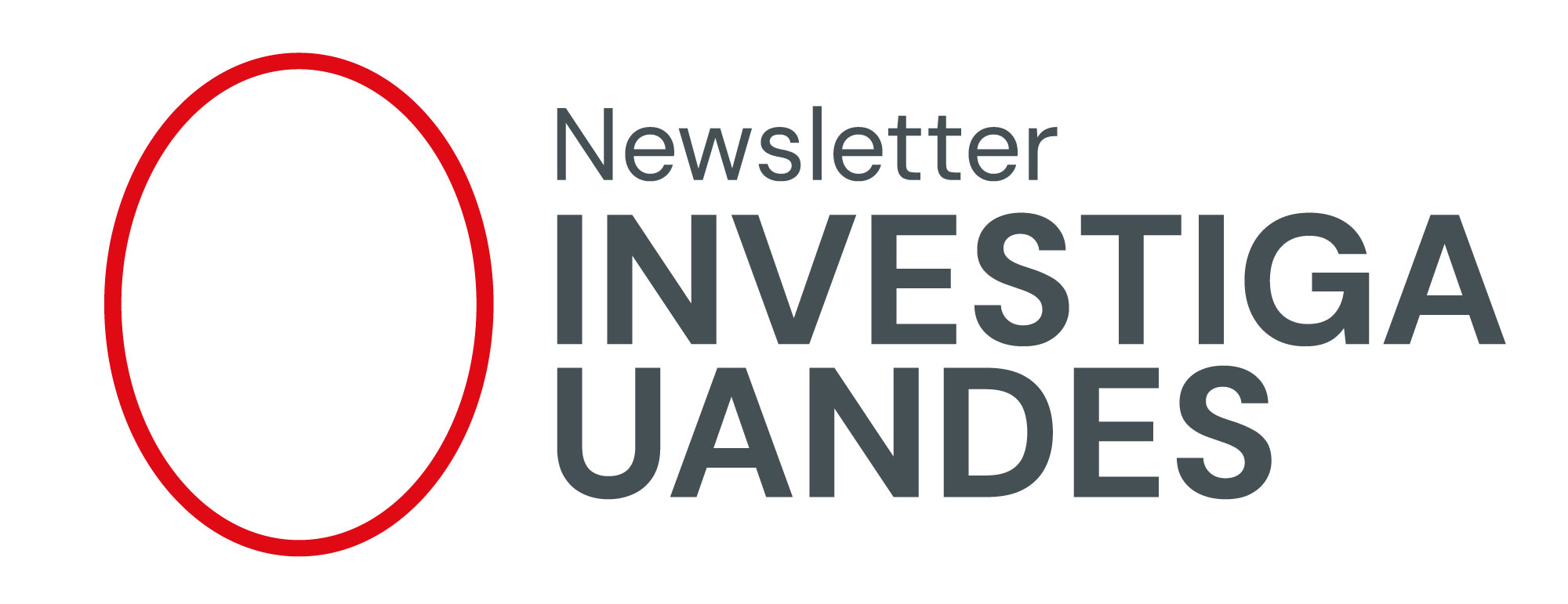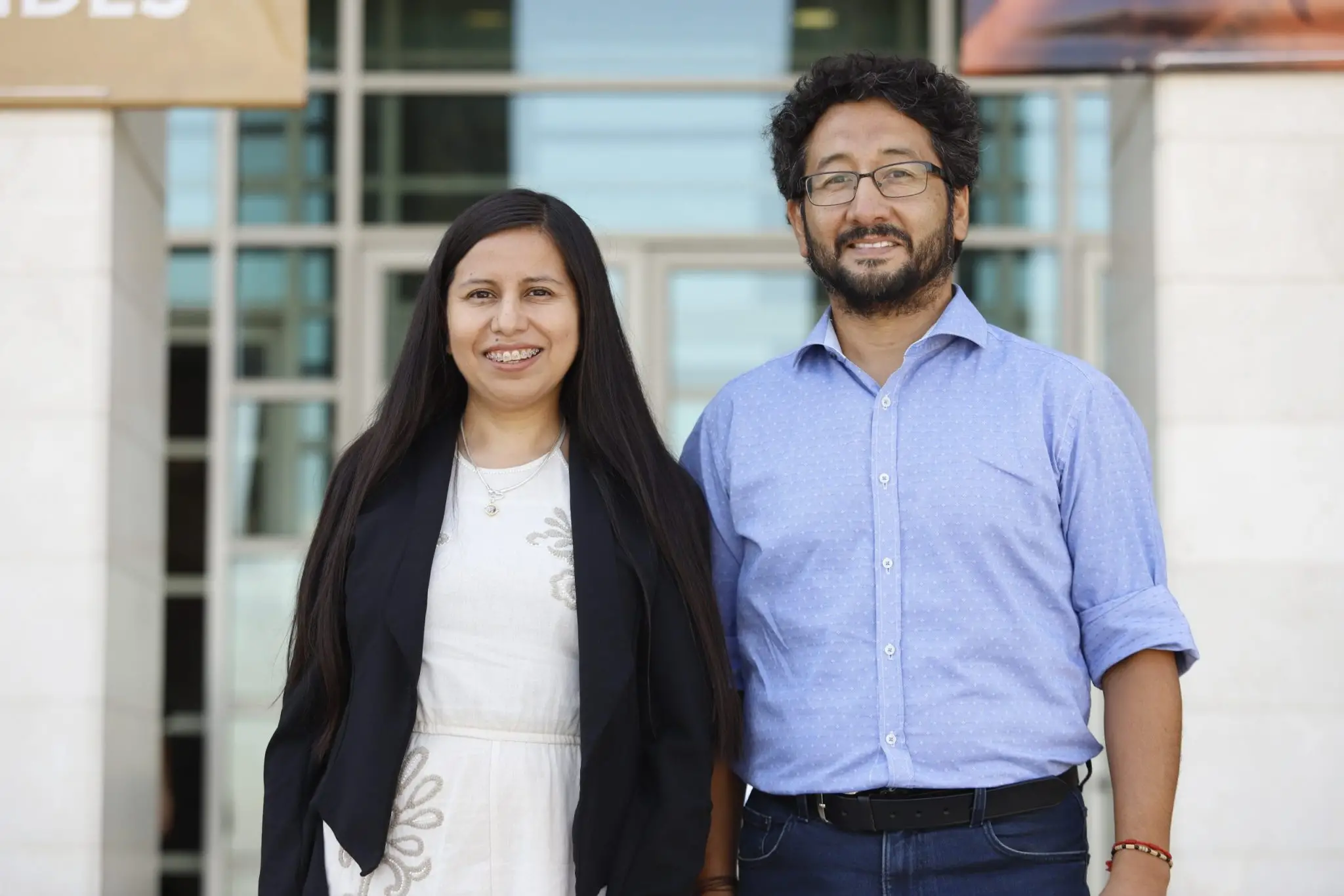This project is part of the postdoctoral Fondecyt recently awarded to the researchers.
Daniela Acuña, a physics engineer and doctor in materials science, together with Paulo Díaz, an academic from the School of Nutrition and Dietetics at Universidad de los Andes, are seeking to develop an innovative ink for 3D bioprinting with applications in jaw regeneration.
The project, which is part of Daniela's recently awarded postdoctoral Fondecyt, and will be sponsored by the UANDES academic, seeks to create a bioink using the sol-gel technique, composed of three key materials: salmon gelatin, bioglass nanoparticles, and cellulose nanocrystals.
The incorporation of nanocrystals will make it possible to control the biodegradability kinetics and improve the mechanical properties of the hybrid material, which will function as a cell support. Subsequently, specialized cells will be integrated to promote bone formation, facilitating its application in jaw regeneration treatments.
"The project is structured in three fundamental stages. First, the bioink will be developed by mixing, optimizing and characterizing the materials. Then, work will be done on the 3D printing process to create the biocompatible scaffolds. And finally, in the last year, tests will be carried out with cell lines to evaluate their applicability in bone regeneration," explains Paulo Diaz, an academic.
The project, which will be carried out at Bioprel, also has the collaboration of Carolina Inostroza, an academic from the School of Dentistry.
"This research has a high potential for practical application, which could allow, in the future, for bioprinted scaffolds with specialized cells could be used in treatments for maxillofacial defects, thus improving the quality of life of patients," adds Paulo Diaz, an academic from the School of Nutrition and Dietetics.

